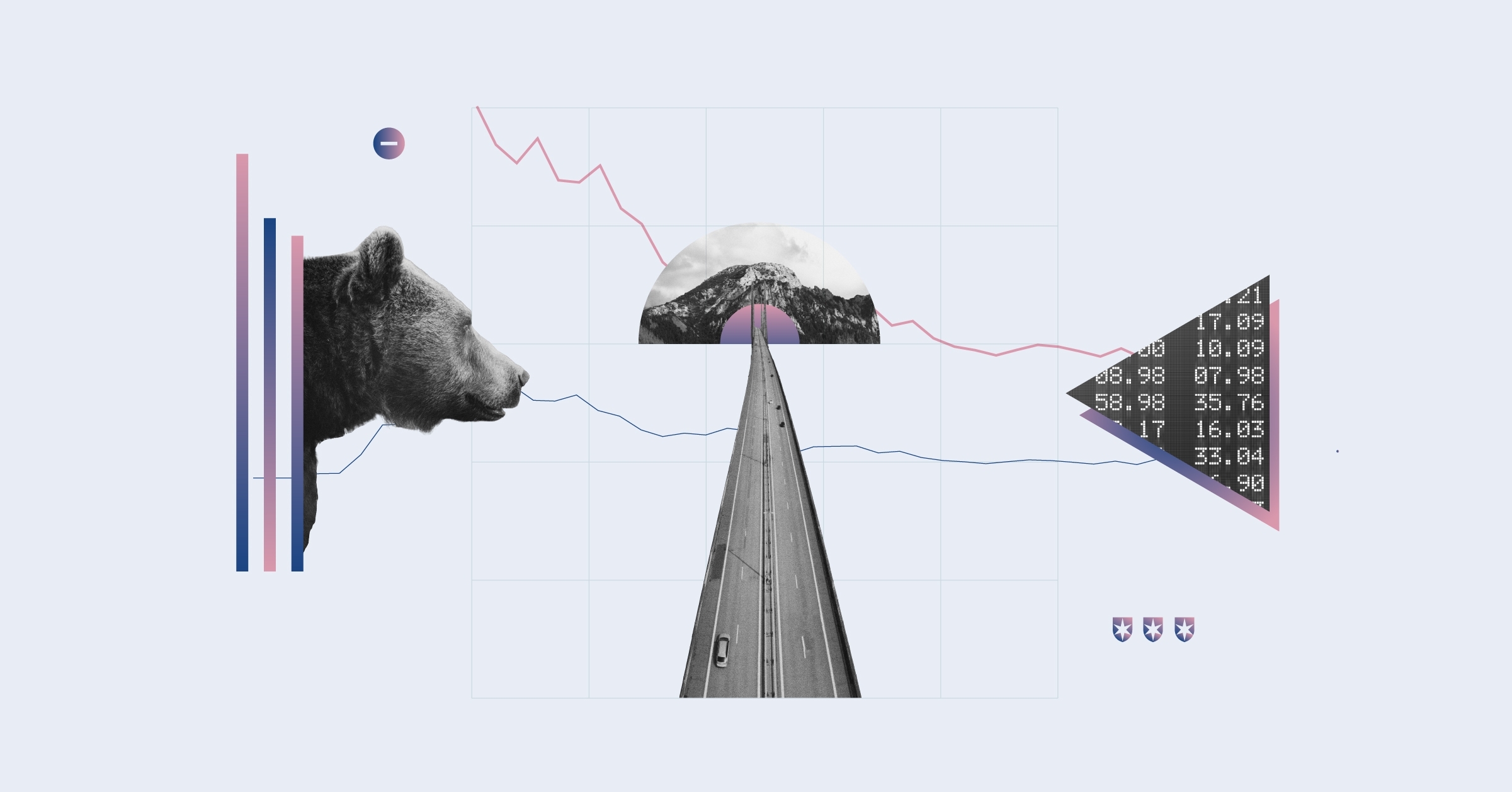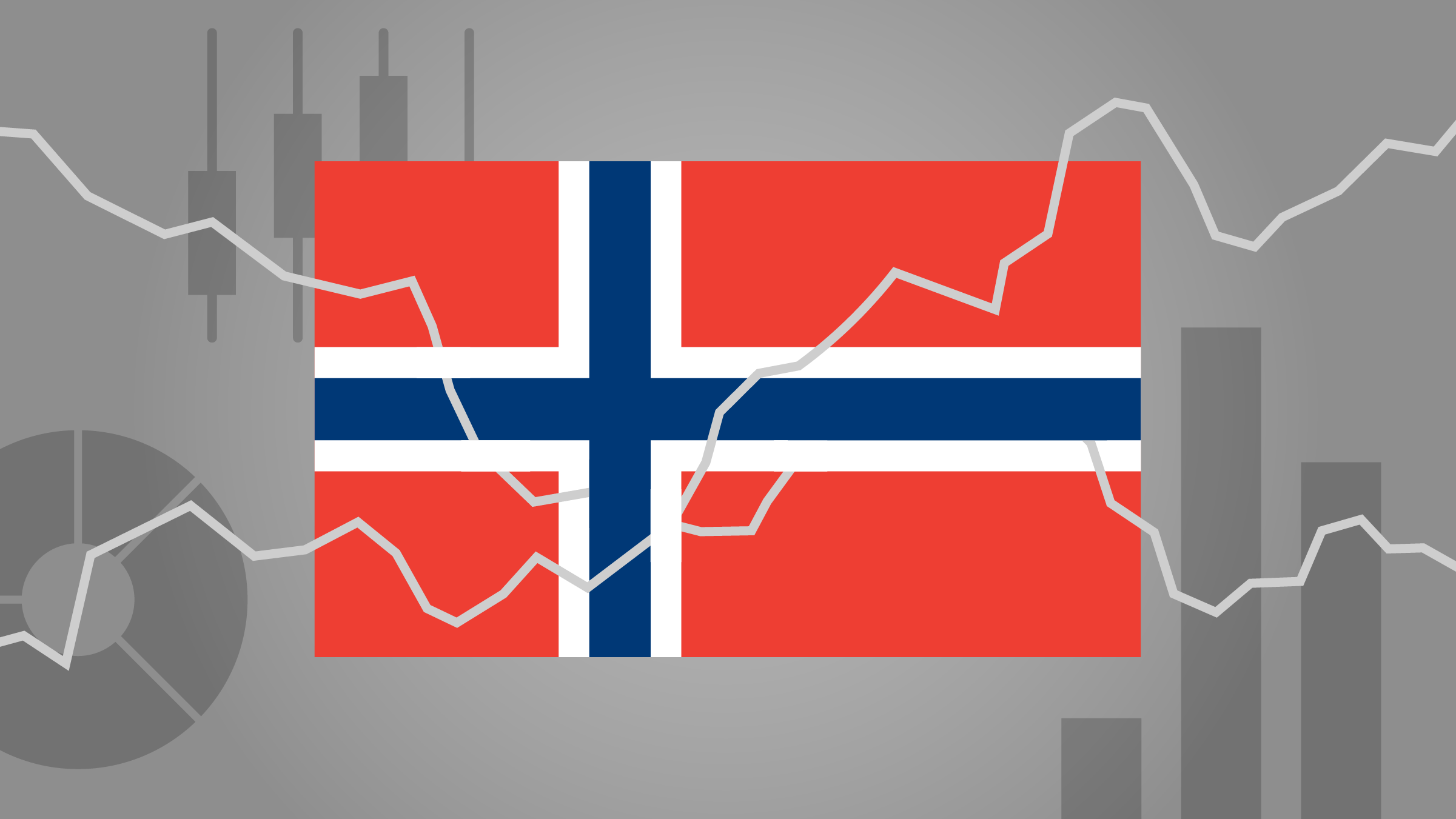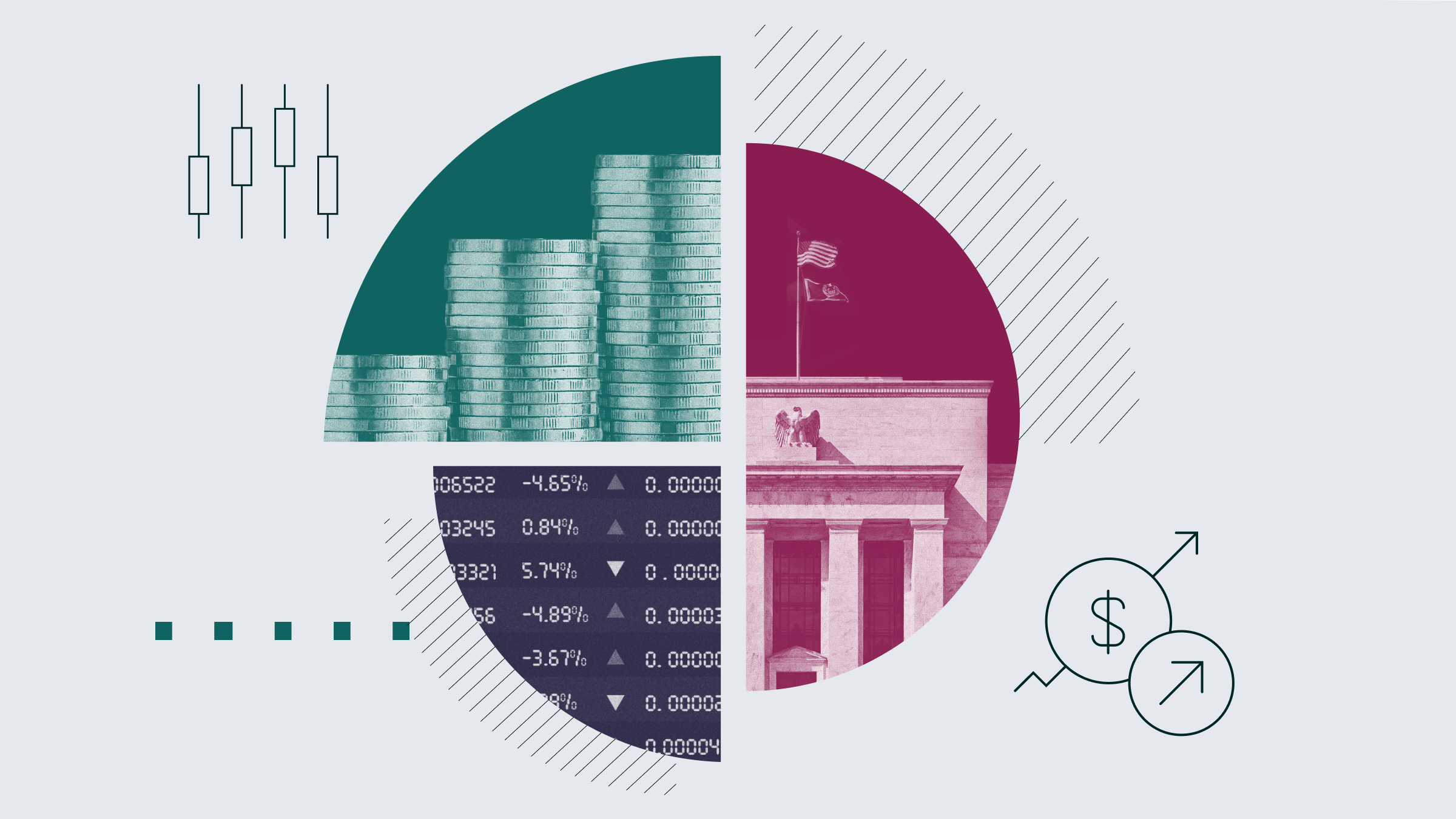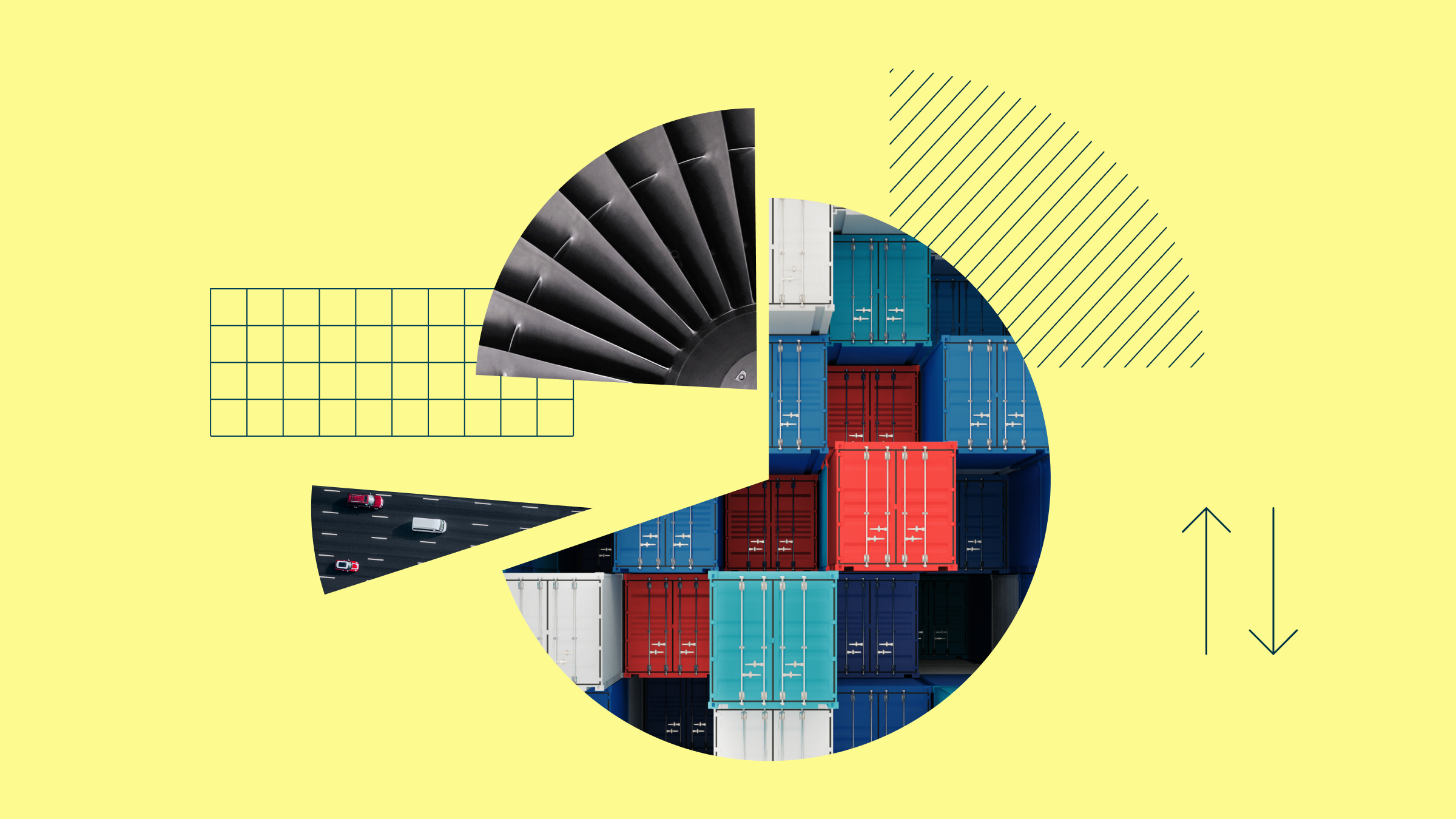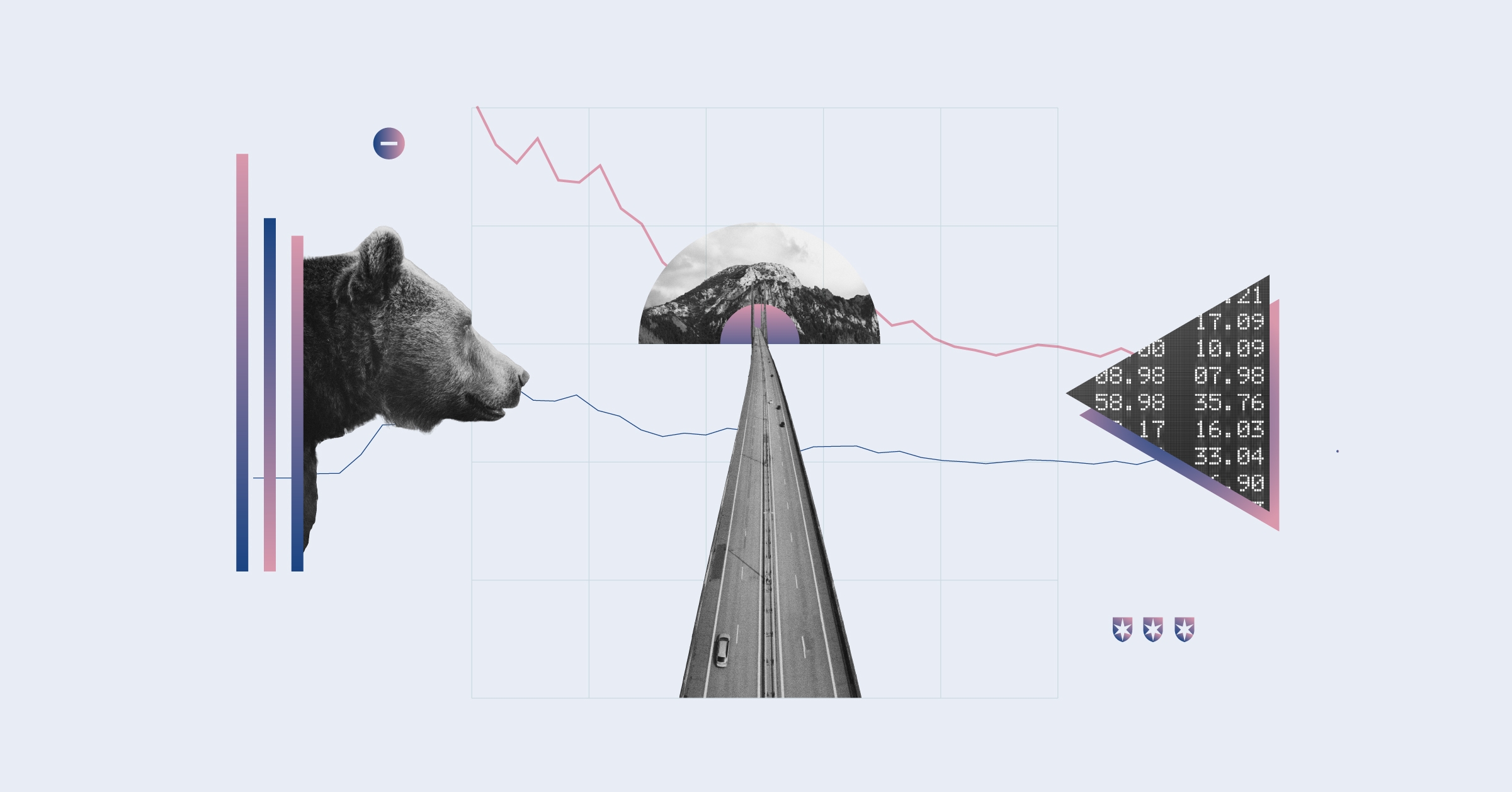Valerio Baselli: Hello and welcome. I'm Valerio Baselli, and today, I'm joined by Francesco Paganelli. He is Senior Manager Research Analyst at Morningstar. Hi, Francesco.
Francesco Paganelli: Hi, Valerio.
Baselli: So, the big news is that Morningstar is introducing some changes to its alternative categories. First of all, can you tell us why?
Paganelli: Yes, indeed. So, we are realigning our alternative categories in May and for several reasons, several good reasons, I would add. The thing is, taking a step back for a moment, if you look at the liquid alternative market as a whole, I'd say there are three broad trends at play. Number one, it's an evolving universe, quite dynamic. Number two, the distinction between alternative and non-alternative has become more blurred over the years. And number three is globalisation of the offers. So, it is evolving, overlapping and globalised.
Let me clarify now to the first point, the world of liquid alternative funds has changed somewhat significantly over the past decade, and because there is quite a bit of churning in their lineup and with lots of new funds coming to the market, many products being merged or liquidated. After all, this is a segment with significant product innovation. In other words, most of the funds today were launched in the past three or five years, which is different from, say, the equity asset class.
The second trend, which I called overlapping, relates to another important concept, another key question, which is what do we mean when we talk about alternative funds, how do you define an alternative fund? Many people associate alternative funds with shorting and derivatives. But from that standpoint, it's fair to say that we've observed an increasing overlap between alternative and non-alternatives and that for a variety of reasons. It's a bit like active and passive, so that line has become less clear cut today than perhaps it used to be.
And third, globalization, which in practice means we have more and more fund families offering the same strategy in different wrappers in different domiciles. And so, given these three trends we have taken the opportunity to improve our category definitions and data quality, provide a better delineation between what is alternative and what is not alternative for us and adopt a global framework that simplifies the comparison of strategies across regions.
Baselli: Right. And in light of this, what are the main modifications that will be introduced? What is actually going to change?
Paganelli: Well, in part, I already anticipated some of the changes, like redefining what is an alternative strategy, which to us is really about providing a differentiated exposure by expanding or diversifying from the so-called traditional risk factors such as credit interest rates or equity. In other words, they need to provide something different from what you get with a fixed income or multi-asset fund. But more specifically, one of the implications is that we move our long-short equity categories into the broad equity asset class, and that's because these strategies are in practice long biased products, positively correlated with the equity market, and as such they should be thought of as modifying an investor's equity exposure rather than really diversifying it.
And also, we think there are hurdles. So, the yardstick against which one should measure their performance should not be lower than the one we use for active long only equity funds. In fact, we think it should be the same, which is to deliver better risk-adjusted results than the benchmark.
The other change is related to what I mentioned before about the fact that by having a more stringent definition of what is alternatives, some of the funds that were previously classified in the multi-strategy category, for example, will move into flexible allocation. This is going to impact a few dozen funds, some of which are quite big and popular, and these funds still may have some limited exposure to alternative strategies. But at the end of the day, they still derive most of their returns and risks from traditional asset classes such as stocks and bonds, and therefore, we believe they are eligible for our multi-asset categories.
Baselli: And more concretely, what will be the main impact of such changes? What investors should expect going forward?
Paganelli: Yes. Well, we hope that the ultimate impact will be an improvement for all users and investors that are looking at this space, a challenging space, no doubt, as we hope that this framework can provide a useful compass for them. In practical terms, of course, we'll have more homogeneous and robust peer groups, an element that is going to allow us to calculate a number of additional quantitative metrics that we already have in conventional categories such as category averages, written ranks, star ratings, et cetera. And besides that, at a high level, we won't be making radical changes.
The biggest impact, in fact, will be a reduction in the total number of funds classified in the multi-strategy category. Although, it will still remain the most numerous. On top of that, we will be renaming some of the categories and as mentioned, we are fine tuning their definitions.
Baselli: Thank you so much for your time, Francesco. For Morningstar, I'm Valerio Baselli. Thanks for watching.










